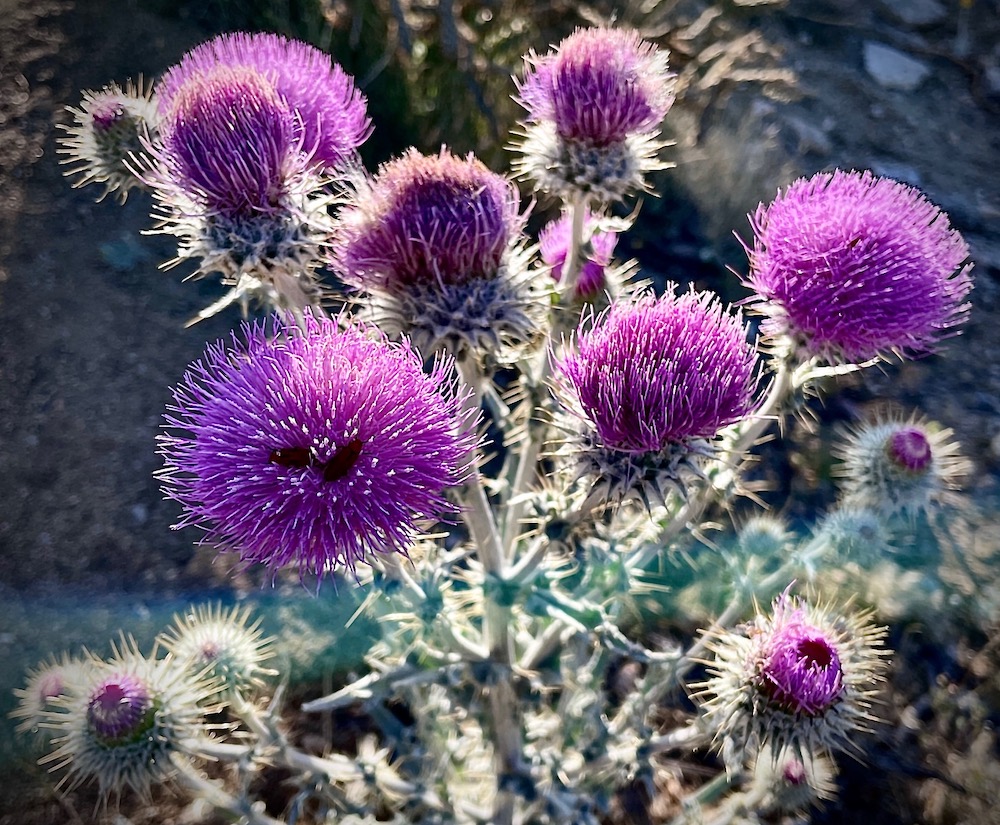
Photo Art by Michael Dooley
When you manage a city's natural resources
At Mock Park, if you hike behind
the squat, white athletic complex
(arching like a half-moon over the ground)
and cross a narrow gully
littered with human debris
(that stuff that doesn't break down
like tires and tricycles)
and keep climbing to the ridge line,you'll see the river below you
snaking behind people's houses,
its coils shining so pure
from up where you are.
The ravines are full of oaks and hickories,
tall sentinels who've seen
their share of storms and drought.Try to ignore the honeysuckle,
but you'll give up.
It crowds you, dense and tangled.
Its white flowers promise sugar,
nectar collected in the delicate throats.Most people just see green.
They don't know how a plant could "invade,"
have no concept of what these woods
used to look like, so open and clear.
They don't know what we lose
from the shade of the honeysuckle.How to manage our land,
when everything looks like this?
14,000 acres of parkland, and
it's all invaded by one species or another.
And if it somehow weren't,
the plants would come from a neighbor's yard
or in the belly of a bird.I tell myself the story of the starfish
every morning as I head to work—
the child's focus on rescuing one starfish at a time
out of thousands littering the beach
and in the face of doubt, the faultless logic—
well, it made a difference to that one.